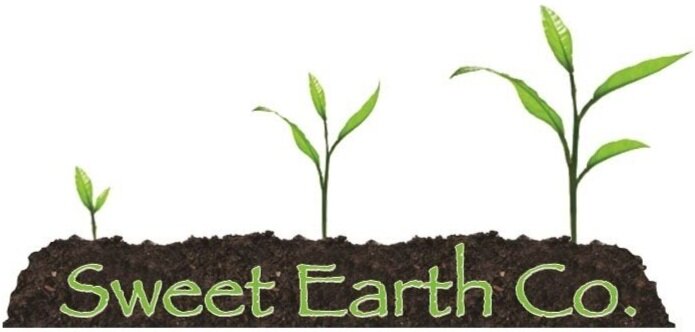Flower & Herb Focus: Coneflower (Echinacea)
Today, we’re diving into the wonderful world of Echinacea, which is both an herb and a flower commonly known as coneflower. With its striking daisy-like appearance and vibrant hues, Echinacea is a beautiful addition to your garden and bouquets and a powerhouse in eco-gardening.
The Basics
Pronounced: “eh·kuh·nay·shuh”
Zone: 3-9, perennial
Bloom Time: Early summer to fall
Needs: Full sun, but can tolerate partial shade; Well-drained soil; but can adapt to different soil types
Size: 2-4’ tall x 2’ wide
What Does It Look Like?
The echinacea plant boasts tall stems topped with beautiful, pinkish-purple petals that droop away from a prominent central cone, giving it its characteristic name — coneflower. There are several cultivars offered at nurseries in red, yellow, orange, white, and even bicolor. However, the native coneflower is called Echinacea purpurea and it is pink.
How We Grow It
We grow the native coneflower which we initially planted about 5 years ago as one gallon plants spaced 12-14 inches apart. They do like to spread a bit, so every three to four years we dig up some of the plants to make room. The transplants are then divided, creating even more plants. We also use some of the plants we dig up to make teas and tinctures. As noted below, all parts of the plant have medicinal benefits.
Echinacea makes a wonderful addition to various types of gardens:
Wildflower Gardens:
Pair Echinacea with other native wildflowers like Black-eyed Susans and Coreopsis for a vibrant, naturalistic garden.
Butterfly Gardens
Combine Echinacea with butterfly-friendly plants like Milkweed and Liatris to create a haven for these delicate pollinators.
Cut Flower Gardens
Echinacea’s long-lasting blooms make it an excellent choice for cut flower arrangements, adding beauty to both garden and home.
How We Use It
Echinacea has many benefits across various uses, from eco-gardening to herbal remedies to floral design.
Here are some of our favorite ways to use Echinacea:
Pollinator Magnet
Echinacea is a beloved plant for bees, butterflies, and other pollinators. Its large, open flowers make it easy for pollinators to access nectar and pollen, supporting the health of local ecosystems. When the protein-rich seeds ripen, they are eagerly gathered by finches and other seed-eating birds.
Summer Bouquets
Pink coneflowers are a staple in our summer bouquets. Their sturdy stems add structure to the bouquet and they have a long vase life. Even if the beetles have eaten some of the petals, or they have started to wither, you can pull the petals off and use the cone center as accents in bouquets.
Herbal Tea
All parts of the echinacea plant can be used to make teas and tinctures — the flower, leaves and the root. Although the majority of the nutrients are found in the roots, we primarily dry the leaves and petals and use them in tea blends. Echinacea has commonly been used to shorten the duration of the common cold and flu, and reduce symptoms such as sore throat, cough, and fever. Many herbalists also recommend echinacea to help boost the immune system and help the body fight infections. Energetically, it is cooling and drying and is specifically used for signs of heat, ulcerations and fetid tissues. Common health complaints that fall under these categories are ulcers that won’t heal, acne, infections and boils. It is also commonly used for vaginal and urinary infections.
Echinacea is more than just a pretty face in the garden. Its resilience, minimal maintenance, and significant ecological benefits makes it a must-have for any eco-conscious gardener. By planting Echinacea, you’re not only enhancing the beauty of your garden but also supporting pollinators and promoting a healthier environment. Happy gardening!




